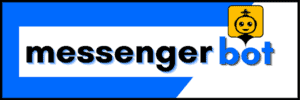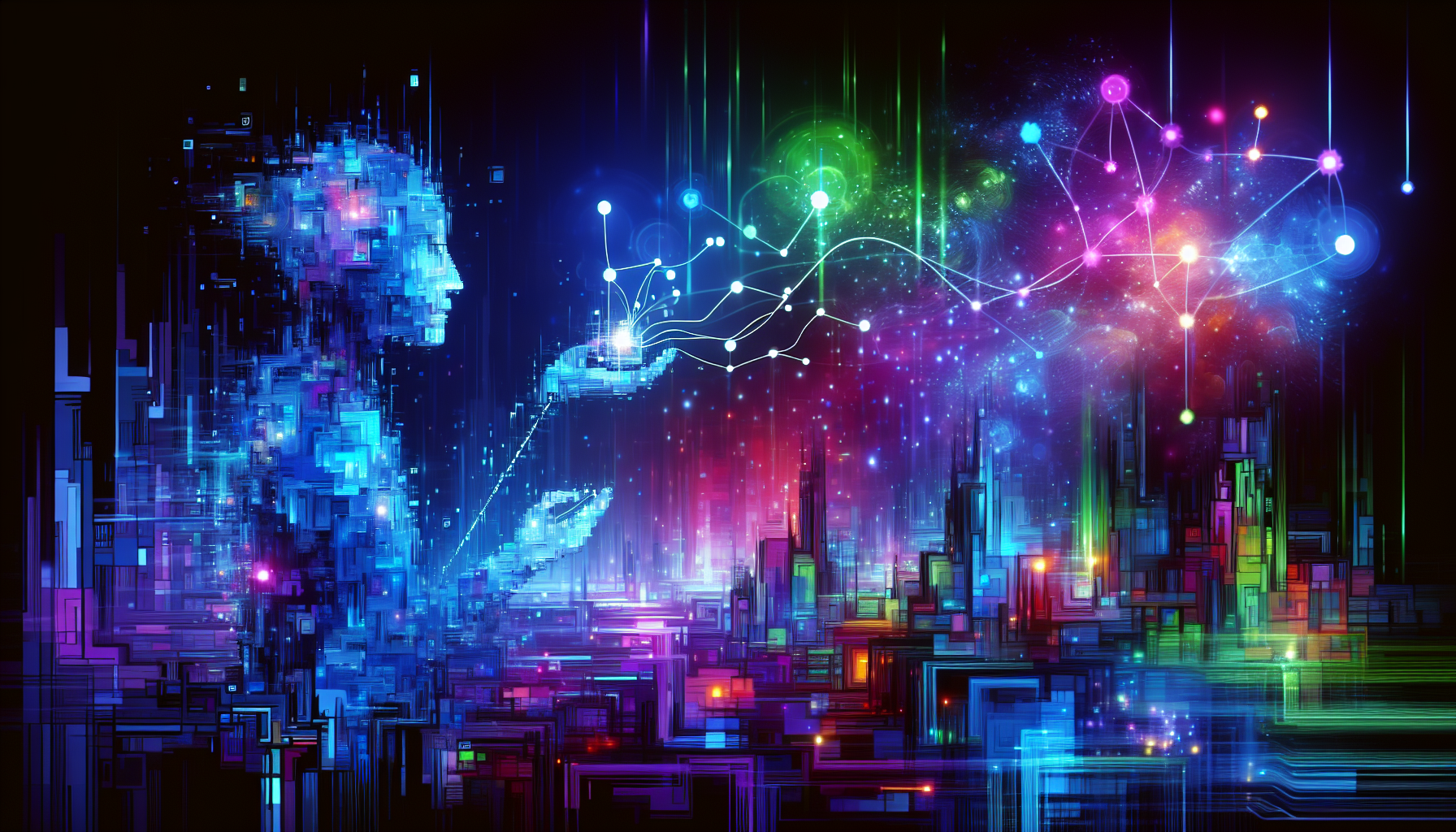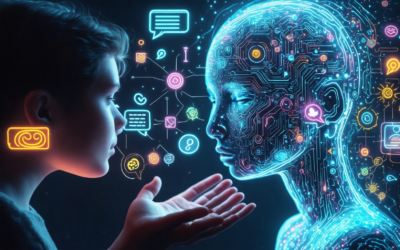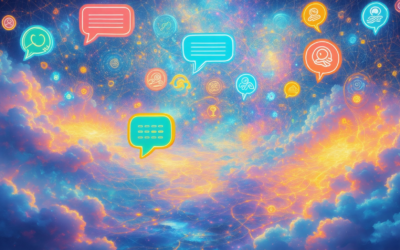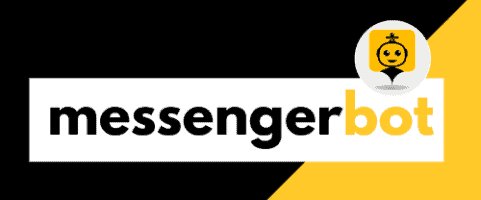Are you ready to dive into the exciting world of chatbots? In this comprehensive guide, we will explore how to code a chatbot using Python, empowering you to create your own AI chatbot for free. Chatbots have become essential tools for businesses and developers alike, offering a seamless way to engage users and automate tasks. Throughout this article, we will cover everything from the basics of coding a chatbot to the specific programming languages best suited for this task, with a particular focus on why Python is the ideal choice for chatbot development. You will learn about the benefits of creating your own chatbot, step-by-step instructions for building one, and the tools and resources available to assist you. Additionally, we will address common challenges faced during the coding process and provide insights on training your chatbot to enhance its capabilities. Whether you’re a beginner or an experienced programmer, this guide will equip you with the knowledge and skills needed to make your own AI chatbot and explore the future of artificial intelligence chat technology. Let’s get started on your journey to create your own chatbot free and unlock the potential of AI chatbots for coding.
Can You Code a Chatbot?
Yes, you can code a chatbot using various programming languages and frameworks, with Python being one of the most popular choices due to its simplicity and powerful libraries. Here’s a comprehensive guide to building a chatbot using the ChatterBot library in Python:
Overview of Chatbots and Their Uses
Chatbots are automated programs designed to simulate conversation with human users, particularly over the Internet. They leverage artificial intelligence to understand user queries and provide relevant responses. Chatbots can be found in various applications, including:
- Customer Support: Providing instant responses to customer inquiries, reducing wait times and improving satisfaction.
- Lead Generation: Engaging potential customers through interactive conversations and collecting valuable information.
- E-Commerce: Assisting users in navigating products, processing orders, and answering FAQs.
- Social Media Engagement: Automating responses on platforms like Facebook and Instagram to enhance user interaction.
By utilizing chatbots, businesses can streamline operations, enhance user experience, and maintain consistent communication across various channels.
Benefits of Coding Your Own Chatbot
Coding your own chatbot offers numerous advantages:
- Customization: Tailor the chatbot to meet specific business needs and user preferences, ensuring a unique interaction experience.
- Cost-Effectiveness: Developing your own chatbot can be more economical than subscribing to third-party services, especially for startups.
- Control: Maintain full control over the chatbot’s functionalities, data handling, and updates, allowing for quick adjustments as needed.
- Learning Opportunity: Gain valuable skills in programming and artificial intelligence, enhancing your technical expertise.
By following the steps outlined above, you can successfully code a chatbot that not only responds to user inputs but also learns and improves over time. For more advanced implementations, consider exploring natural language processing (NLP) techniques and frameworks that can enhance your chatbot’s conversational abilities.
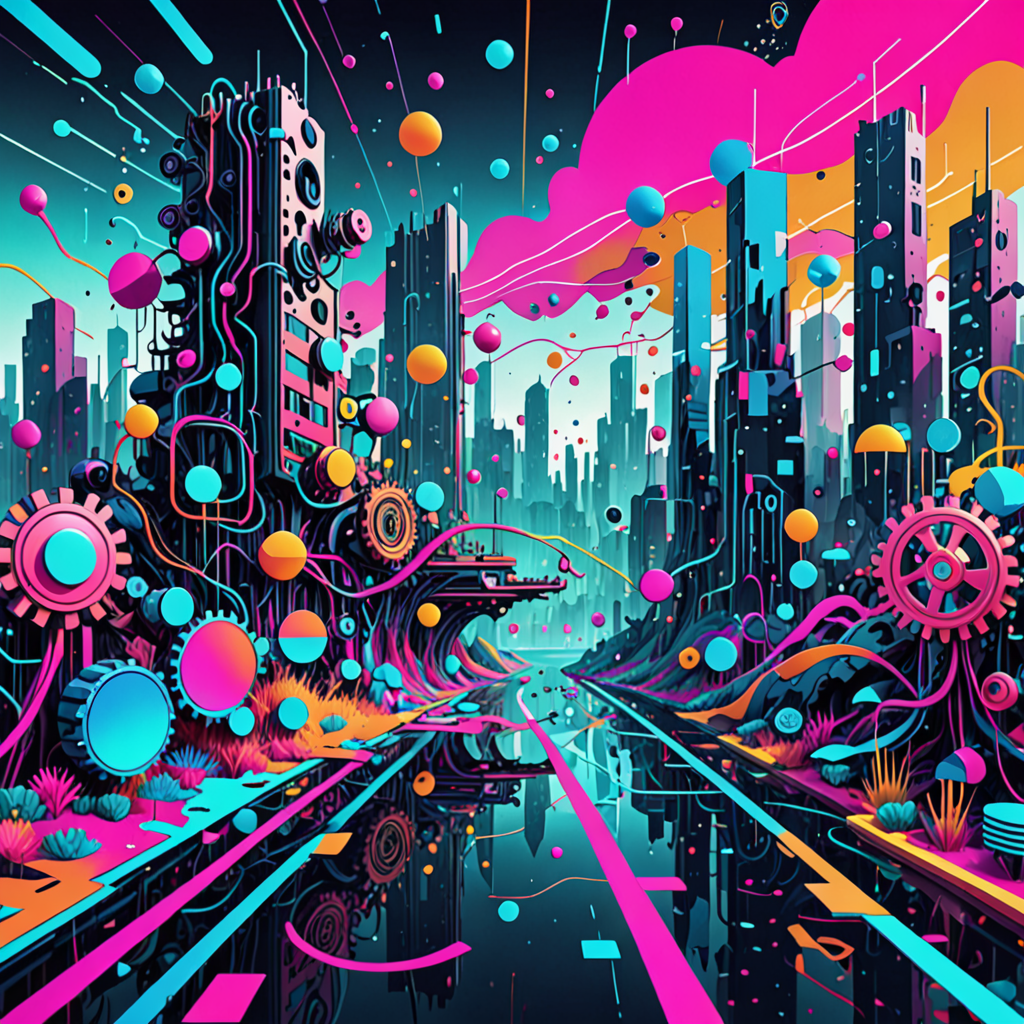
Can You Code a Chatbot?
Chatbots have become an integral part of digital communication, serving various purposes across industries. From customer support to lead generation, the versatility of chatbots allows businesses to enhance user engagement and streamline interactions. By coding your own chatbot, you gain the ability to tailor its functionalities to meet specific needs, ensuring a more personalized experience for users.
Overview of Chatbots and Their Uses
Chatbots are AI-driven applications designed to simulate human conversation through text or voice interactions. They can be deployed on websites, social media platforms, and messaging apps, providing automated responses to user inquiries. The primary uses of chatbots include:
- Customer Support: Offering instant assistance to users, resolving common queries without human intervention.
- Lead Generation: Engaging potential customers through interactive conversations, collecting valuable information for follow-up.
- Information Dissemination: Providing users with relevant information quickly, enhancing their overall experience.
By understanding the various applications of chatbots, you can better define your use case and create a solution that effectively addresses user needs.
Benefits of Coding Your Own Chatbot
Coding your own chatbot comes with several advantages:
- Customization: You have complete control over the chatbot’s features and functionalities, allowing you to tailor it to your business requirements.
- Cost-Effectiveness: Developing your own chatbot can be more economical in the long run compared to subscribing to third-party services.
- Learning Opportunity: Coding a chatbot enhances your programming skills and understanding of AI technologies, which can be beneficial for future projects.
For those interested in creating your own chatbot, it’s essential to start with a clear plan and the right tools.
How Do I Create My Own Chatbot?
Creating your own chatbot involves several key steps that guide you from conception to deployment. Here’s a step-by-step guide to get you started:
Step-by-Step Guide to Creating Your Own Chatbot
1. Define Your Use Case: Identify the specific problem your chatbot will solve. Consider the target audience and the type of interactions you want to facilitate, whether it’s customer support, lead generation, or information dissemination. Research shows that 70% of consumers prefer chatbots for quick communication (Source: Userlike).
2. Select the Fitting Channel for Your AI Chatbot: Choose the platform where your chatbot will operate, such as a website, social media (like Facebook Messenger), or messaging apps (like WhatsApp). Each platform has unique features and user demographics that can influence your chatbot’s effectiveness (Source: Chatbots Magazine).
3. Choose a Tech Stack to Build an AI Chatbot: Decide on the programming languages and frameworks that best suit your needs. Popular options include Python with libraries like Rasa or TensorFlow, or no-code platforms like Chatfuel and ManyChat for those without programming skills. The choice of tech stack can significantly impact the chatbot’s capabilities and scalability (Source: Towards Data Science).
4. Build a Knowledge Base for the Chatbot: Create a comprehensive database of information that your chatbot will use to respond to user queries. This can include FAQs, product details, and troubleshooting guides. A well-structured knowledge base enhances the chatbot’s ability to provide accurate and relevant answers (Source: IBM).
5. Design the Chatbot Conversation: Map out the conversation flow, including potential user inputs and the chatbot’s responses. Use natural language processing (NLP) techniques to ensure the chatbot understands and responds in a human-like manner. Incorporating user feedback during this phase can improve the overall experience (Source: Microsoft).
6. Integrate and Test the Chatbot: Implement the chatbot on your chosen platform and conduct thorough testing. This includes checking for bugs, ensuring the chatbot understands various user intents, and validating that it provides accurate information. Continuous testing is crucial for maintaining performance (Source: VentureBeat).
7. Launch and Monitor Your AI Chatbot: After successful testing, launch your chatbot and monitor its performance using analytics tools. Track metrics such as user engagement, response accuracy, and customer satisfaction. Regular updates and improvements based on user interactions will enhance the chatbot’s effectiveness over time (Source: HubSpot).
Tools and Resources for Building a Chatbot
To successfully create your own chatbot, you can leverage various tools and resources:
- Programming Languages: Python is a popular choice for coding chatbots due to its simplicity and extensive libraries.
- No-Code Platforms: Tools like Chatfuel and ManyChat allow you to build chatbots without extensive coding knowledge.
- Online Tutorials: Websites like Messenger Bot Tutorials provide step-by-step guides and examples to help you along the way.
By utilizing these resources, you can streamline the process of creating your own chatbot free of charge while ensuring it meets your specific needs.
What Programming Language is Used for Chatbots?
When it comes to coding a chatbot, the choice of programming language plays a crucial role in determining its functionality and performance. Chatbots can be developed using several programming languages, each offering unique advantages. The most commonly used programming languages for chatbot development include:
- Python: Known for its simplicity and readability, Python is widely favored for chatbot development. It has robust libraries such as NLTK and spaCy for natural language processing (NLP), making it ideal for creating intelligent chatbots. According to a study by the Association for Computational Linguistics, Python’s extensive community support and resources significantly enhance development efficiency (ACL, 2021).
- JavaScript: As a core technology of the web, JavaScript is essential for building chatbots that operate within web browsers. Frameworks like Node.js allow developers to create real-time applications, making JavaScript a powerful choice for interactive chatbots. A report by Stack Overflow highlights that JavaScript is one of the most popular languages among developers, ensuring a wealth of libraries and frameworks for chatbot integration (Stack Overflow, 2022).
- Java: Java’s platform independence and scalability make it suitable for enterprise-level chatbots. Its strong performance and security features are beneficial for applications requiring robust data handling. Research from Oracle indicates that Java remains a preferred choice for large-scale applications, including chatbots (Oracle, 2023).
- C#: Often used in conjunction with the Microsoft Bot Framework, C# is ideal for developers working within the Microsoft ecosystem. It offers strong integration capabilities with Azure services, enhancing the chatbot’s functionality and deployment options. Microsoft’s documentation emphasizes the ease of use and powerful features of C# for bot development (Microsoft, 2023).
- Ruby: Known for its elegant syntax, Ruby is a good choice for rapid development of chatbots. The Ruby on Rails framework simplifies the process of building web applications, including chatbots. According to a survey by Ruby Central, Ruby’s community is highly supportive, providing numerous resources for developers (Ruby Central, 2022).
- PHP: While traditionally used for server-side scripting, PHP can also be utilized for chatbot development, particularly for web-based bots. Its ease of integration with databases and web services makes it a practical choice for many developers. A report from W3Techs indicates that PHP powers a significant portion of the web, making it a viable option for chatbot applications (W3Techs, 2023).
In conclusion, the choice of programming language for chatbot development depends on the specific requirements of the project, including ease of use, performance, and the desired integration capabilities. Each language offers distinct advantages that can cater to different aspects of chatbot functionality and deployment.
Why Python is Ideal for Chatbot Development
Python stands out as a premier choice for coding chatbots due to its simplicity and extensive libraries tailored for natural language processing. The language’s readability allows developers to write and maintain code efficiently, making it accessible for both beginners and experienced programmers. With libraries like NLTK and spaCy, Python facilitates the creation of sophisticated artificial intelligence chatbots that can understand and respond to user queries effectively.
Moreover, Python’s active community provides a wealth of resources, tutorials, and frameworks, which can significantly accelerate the development process. This support network is invaluable for troubleshooting and enhancing chatbot functionalities. As a result, many developers prefer Python when creating their own chatbot free or looking to implement advanced features.
For those interested in exploring more about chatbot development, platforms like Brain Pod AI offer innovative solutions and tools that can enhance your chatbot’s capabilities, making it easier to integrate artificial intelligence into your projects.
Is Coding a Chatbot Hard?
Coding a chatbot can vary significantly in complexity depending on the desired functionality and the tools used. Here’s a breakdown of the factors influencing the difficulty of coding a chatbot:
Understanding the Complexity of Chatbot Coding
Creating a chatbot can range from simple to complex based on several factors:
- Type of Chatbot:
- Simple Rule-Based Chatbots: These bots follow predefined rules and can be created using platforms like Chatfuel or ManyChat. They require minimal coding knowledge and can be set up in under an hour.
- Advanced AI-Powered Chatbots: These utilize machine learning and natural language processing (NLP) to understand and respond to user queries more effectively. Developing such chatbots often requires a solid understanding of programming languages (like Python or JavaScript) and frameworks (such as Rasa or Microsoft Bot Framework). This process can take weeks or even months, depending on the complexity.
- Development Tools:
- No-Code Platforms: Tools like Tars and Landbot allow users to create chatbots without any coding experience. These platforms provide drag-and-drop interfaces, making it accessible for beginners.
- Custom Development: For those looking to build a chatbot from scratch, knowledge of APIs, databases, and server management is essential. This approach is more challenging and time-consuming.
- Integration and Maintenance: Integrating a chatbot with existing systems (like CRM or e-commerce platforms) can add to the complexity. Ongoing maintenance, updates, and training the chatbot with new data are also crucial for performance.
- Learning Curve: For individuals new to programming, there is a learning curve associated with understanding coding concepts and frameworks. However, numerous online resources, tutorials, and communities (like Stack Overflow) can provide support.
In summary, while creating a simple chatbot can be relatively easy and quick, developing a sophisticated AI-driven chatbot requires significant time, expertise, and resources.
Common Challenges in Coding a Chatbot
When embarking on the journey of coding a chatbot, several challenges may arise:
- Understanding User Intent: Accurately interpreting user queries can be difficult, especially with varied phrasing and context. Implementing effective NLP techniques is crucial for improving user interactions.
- Data Management: Managing the data that feeds into the chatbot for training and updates can be complex. Ensuring the chatbot learns from interactions and improves over time is essential for maintaining relevance.
- Testing and Debugging: Thorough testing is necessary to ensure the chatbot functions as intended. Debugging can be time-consuming, especially when dealing with complex logic or integrations.
- Maintaining Engagement: Keeping users engaged requires continuous updates and enhancements to the chatbot’s capabilities. Regularly analyzing user feedback and interaction data can help refine the chatbot’s performance.
For more detailed guidance on overcoming these challenges, consider exploring resources from reputable sites such as the Harvard Business Review and Towards Data Science, which offer insights into chatbot development and AI technologies.

Can I Train My Own Chatbot?
Training your own chatbot is a rewarding endeavor that allows you to customize its responses and capabilities to suit your specific needs. By following a structured approach, you can create an artificial intelligence chatbot that effectively engages users and meets their expectations.
Techniques for Training Your Chatbot
To successfully train your chatbot, consider the following techniques:
- Understand the Basics of Chatbot Training: Before diving into training your own chatbot, familiarize yourself with Natural Language Processing (NLP) and machine learning principles. This foundational knowledge will help you design a more effective training strategy.
- Define the Purpose and Scope: Clearly outline what you want your chatbot to achieve. Whether it’s customer service, information retrieval, or entertainment, having a defined purpose will guide your training process.
- Collect Relevant Data: Gather a diverse set of user inputs that reflect the types of interactions you expect. This can include FAQs, customer inquiries, and conversational snippets. The quality and variety of your training data are crucial for effective learning.
- Utilize NLP Triggers: Implement NLP triggers to recognize user intents. This involves adding keywords, phrases, and questions that users might ask. The more comprehensive your list of triggers, the better your chatbot will understand user queries.
- Train with Machine Learning Models: Use machine learning frameworks such as TensorFlow or PyTorch to train your chatbot. These platforms offer robust tools for developing and refining your model based on the data you’ve collected.
- Iterate and Improve: Continuously monitor your chatbot’s performance and gather user feedback. Use this information to refine your training data and improve the chatbot’s responses. Regular updates are essential for maintaining relevance and accuracy.
- Test and Validate: Before deploying your chatbot, conduct thorough testing to ensure it responds accurately to a wide range of queries. Use both automated tests and real user interactions to validate its performance.
- Incorporate User Feedback: After deployment, actively solicit feedback from users to identify areas for improvement. This will help you make necessary adjustments and enhance the user experience.
- Stay Updated with Trends: Keep abreast of the latest advancements in AI and chatbot technology. Resources like the Journal of Artificial Intelligence Research and industry blogs can provide insights into emerging trends and best practices.
By following these steps, you can effectively train your own chatbot, ensuring it meets user needs and performs optimally. For further reading, consider exploring resources from reputable sources such as the Association for the Advancement of Artificial Intelligence (AAAI) and the International Journal of Human-Computer Studies.
Resources for Training AI Chatbots
To enhance your chatbot training experience, utilize the following resources:
- Brain Pod AI Help Center – A comprehensive resource for understanding AI and chatbot functionalities.
- Messenger Bot Tutorials – Step-by-step guides to help you navigate the chatbot creation process.
- Multilingual AI Chat Assistant – Explore how to implement multilingual capabilities in your chatbot.
- Brain Pod AI Pricing – Check out affordable options for AI services that can assist in chatbot development.
By leveraging these resources, you can effectively enhance your chatbot’s capabilities and ensure it delivers a superior user experience.
Can I Train My Own Chatbot?
Yes, you can train your own chatbot, and doing so is essential for enhancing its performance and ensuring it meets user expectations. Training a chatbot involves teaching it to understand and respond to user inputs effectively. Here are some techniques to help you train your chatbot:
Techniques for Training Your Chatbot
To train your chatbot successfully, consider the following techniques:
- Natural Language Processing (NLP): Utilize NLP libraries such as Brain Pod AI to help your chatbot understand user intents and context better.
- Machine Learning Algorithms: Implement machine learning algorithms to allow your chatbot to learn from interactions over time, improving its responses based on user feedback.
- Regular Updates: Continuously update your chatbot’s knowledge base with new information and user queries to keep it relevant and effective.
- User Feedback: Encourage users to provide feedback on chatbot interactions, which can be invaluable for refining its responses and capabilities.
Resources for Training AI Chatbots
There are numerous resources available to assist you in training your chatbot:
- Messenger Bot Tutorials: A comprehensive guide to help you understand the nuances of chatbot training.
- Brain Pod AI Help Center: Offers documentation and support for implementing AI features in your chatbot.
- Brain Pod AI Pricing Page: Explore various pricing options for advanced AI services that can enhance your chatbot’s capabilities.
Chatbot Project in Python with Source Code
Creating a chatbot project in Python is an excellent way to apply your coding skills while developing a functional tool that can enhance user interaction. Python chatbots are increasingly popular due to their simplicity and the extensive libraries available for development. Below, I will outline some example projects to help you get started with Python chatbots.
Example Projects to Get Started with Python Chatbots
When embarking on your journey to make your own chatbot, consider starting with these example projects:
- Simple FAQ Bot: This project involves coding a basic chatbot that can answer frequently asked questions. By utilizing libraries like NLTK or spaCy, you can implement natural language processing to enhance the bot’s understanding of user queries.
- Weather Bot: Create a chatbot that provides weather updates by integrating APIs such as OpenWeatherMap. This project will help you learn how to fetch data from external sources and present it in a user-friendly manner.
- Customer Support Bot: Develop a chatbot that can handle customer inquiries for a business. This project can utilize machine learning techniques to improve response accuracy over time.
For more advanced projects, you can explore Brain Pod AI’s chatbot solutions, which offer robust features for building sophisticated AI chatbots.
Analyzing Successful Chatbot Projects on GitHub
GitHub is a treasure trove of open-source projects, including numerous successful chatbot implementations. By analyzing these projects, you can gain insights into best practices and innovative approaches in chatbot development. Look for repositories that focus on:
- Code Quality: Examine how well the code is structured and documented. High-quality code is easier to maintain and extend.
- Functionality: Assess the features offered by the chatbot. Successful projects often include functionalities like user authentication, multi-language support, and integration with various messaging platforms.
- User Engagement: Review how these chatbots interact with users. Effective chatbots often employ engaging conversational styles and personalized responses.
By studying these successful chatbot projects, you can refine your skills in coding chatbots and learn how to implement features that enhance user experience.
